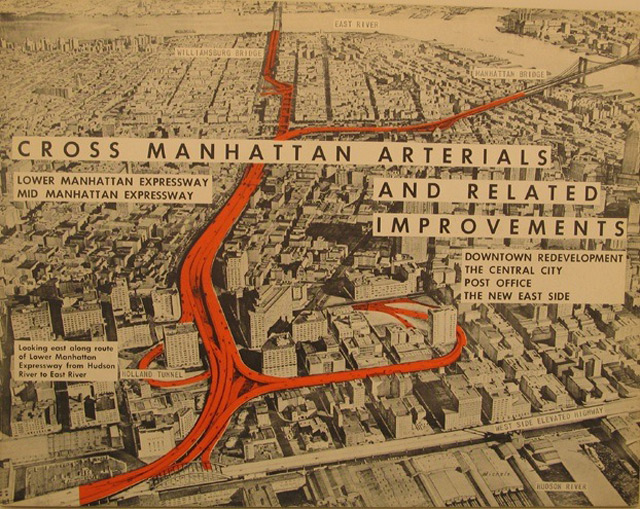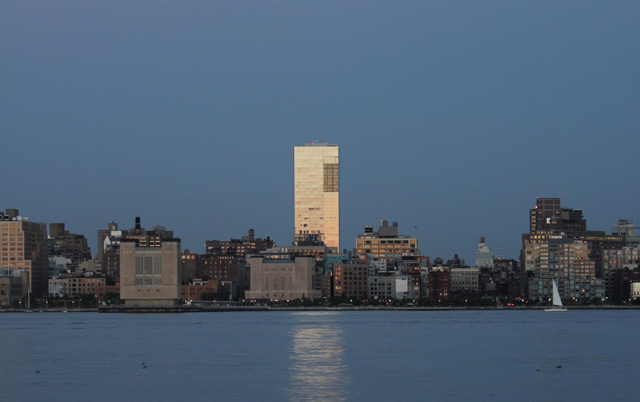Will the future of publishing come from an established publishing company? Or, will it come from innovators outside of the publishing word? Apple has already proven that the future of the music industry will be innovated by outsiders, and that they will find revenue in the process that the music industry itself could not find. As book, magazine and newspaper publishers try to maintain a steady course, they are confronted by new competitors, powerful innovators, and changing expectations & behaviors from their customers.
Before we dive in, a story:
In the early 1980’s, John Lasseter had landed his dream job at Disney Studios. He was a respected up and coming talent, whose passion was digital animation. He was asked to work on an experimental project: to develop a short movie of The Brave Little Toaster, that blended traditional and digital animation. This would push the boundaries of what was possible at the time.
Eight months later, John presented his team’s work to management. After his film ended, he was asked “How much is this going to cost?” John answered “It will be no more money than to do a regular animated film.” The executive wasn’t happy, telling him: “The only reason to do computer animation is if we can do it faster or cheaper.”
John left the meeting, and five minutes later he received a phone call. He was told that his employment with Disney Studios was now terminated.
Disney clearly didn’t care about the long-term value of this medium, they didn’t care about the quality and rarity of John’s animation and storytelling abilities. They cared about a short-term scalable revenue generating or cost-savings process. This is during the dark ages of Disney animation, when the richness of story and imagery was “budgeted out” of many features.
John went on to be a founding member of Pixar, which Disney bought for $7.4 billion 25 years later. John is now Chief Creative Officer at Pixar and Walt Disney Animation Studios and the Principal Creative Advisor for Walt Disney Imagineering. He reports directly to the Disney CEO, and has the power to green-light films, with Roy E. Disney’s consent.
It’s incredible to consider that Disney had Lasseter happily working for them, but they didn’t know what to do with his talent. It didn’t fit into their narrowly defined goals. And now, a quarter century later, he and his fellow Pixar founders are running much of Disney.
Which brings us back to publishing…
Are publishers working so hard to “keep the lights on” to support their existing structures, products and processes, that they have no room for the future? That they need to keep up their headcount and resources for existing channels, roles, campaigns, products and processes, that they feel there is more value in focusing on what worked in the past, instead of what will work in the future?
To their credit, every single publishing company has people working on new products – on some exciting new things. A lot of it is really interesting stuff being run by really smart and passionate people. But do these people have the resources they need? Are they being judged by the proper measures and timeframes? Do they have the ability to innovate in ways that challenge core principals and processes that the existing publishing structure adheres to?
In other words, are they allowed to color outside of the lines?
This is where the door is left open for outsiders to innovate in some key areas that will clearly be a big part of the future of publishing:
- Apps
One area I am spending a lot of time researching is apps for the iPad, iPhone, and other devices. So far, this field is still wide open. There are loads of upstarts getting in the game. - Self-Publishing
With digital books becoming more and more accepted, the concept of “self publishing” is starting to sound appealing to some writers and creators. The stigma is not what it once was. This does not mean that the value of being published by a big house is less valued. That remains INCREDIBLY valuable. But it simple means that many writers may begin to feel that they have a choice. How will this evolve over the next 20 years? - Transmedia
The very nature of how traditional publishers work with writers is being rethought – the idea of “transmedia” is being talked about a lot. That companies need to partner with creators not just for a book, but the entire intellectual property rights around the ideas in book. The easy example is JK Rowling and the Harry Potter universe, a juggernaut of merchandising, movies, and even a theme park. - Social Media
And of course, then there are the ways that online communities and social media is changing many sides of publishing. These may be subtle shifts, but they are powerful and unpredictable.
Publishers are clearly experimenting in all of these areas. And that is REALLY great to see. But I do wonder if these experiments are like the one described by Disney/Pixar above – a small, controlled experiment, being judged primarily by it’s affect on revenue/resources in the short-term, instead of potential long-term value.
Now, there is the flip side of this argument – that Disney didn’t need to develop these competencies around digital animation – which is time consuming, and expensive. They can simply buy a company like Pixar once the model is proven. And this is true.
But the cost is not just the $7.4 billion price tag of Pixar. It is the OPPORTUNITY VALUE that Disney missed for 25 years. What if John Lassetter had not been let go of Disney, what if he was a talent developed in-house. What if he was able to pull in fellow Pixar founder Ed Catmull to Disney. What could Disney have done in those 25 years? Not just what failures could have been avoided, but what could have been created? How could this have shaped everything that Disney touches – from theme parks to merchandising.
Disney CEO Bob Iger explained why he bought Pixar: he went to the opening of Hong Kong Disneyland and watched the parade down main street. He noticed that most of the characters that the kids reacted to were all from previous decades. Disney still made movies, some worked, some didn’t. But they weren’t creating long-term value, they were missing the opportunity value that went beyond quarterly profits.
So he bought Pixar, a company that created beloved characters that kids adore. And these are characters that will be adored for decades.
How is the publishing world doing the same – not just worrying about eBook pricing and quarterly revenue numbers, but truly creating value that will expand the industry for the next century?
-Dan
(The stories about Pixar in this article were sourced from a GREAT documentary about the company: The Pixar Story.)




